After unusually heavy rains in November and December, the Da Nang region was hit by massive floods - which unfortunately again cost human lifes. Son Tra Mountain, home of the red-shanked douc, was not spared either. Due to landslides, the only access road was partially blocked with boulders and so it was another little adventure to visit the beautiful monkeys a third time this year.
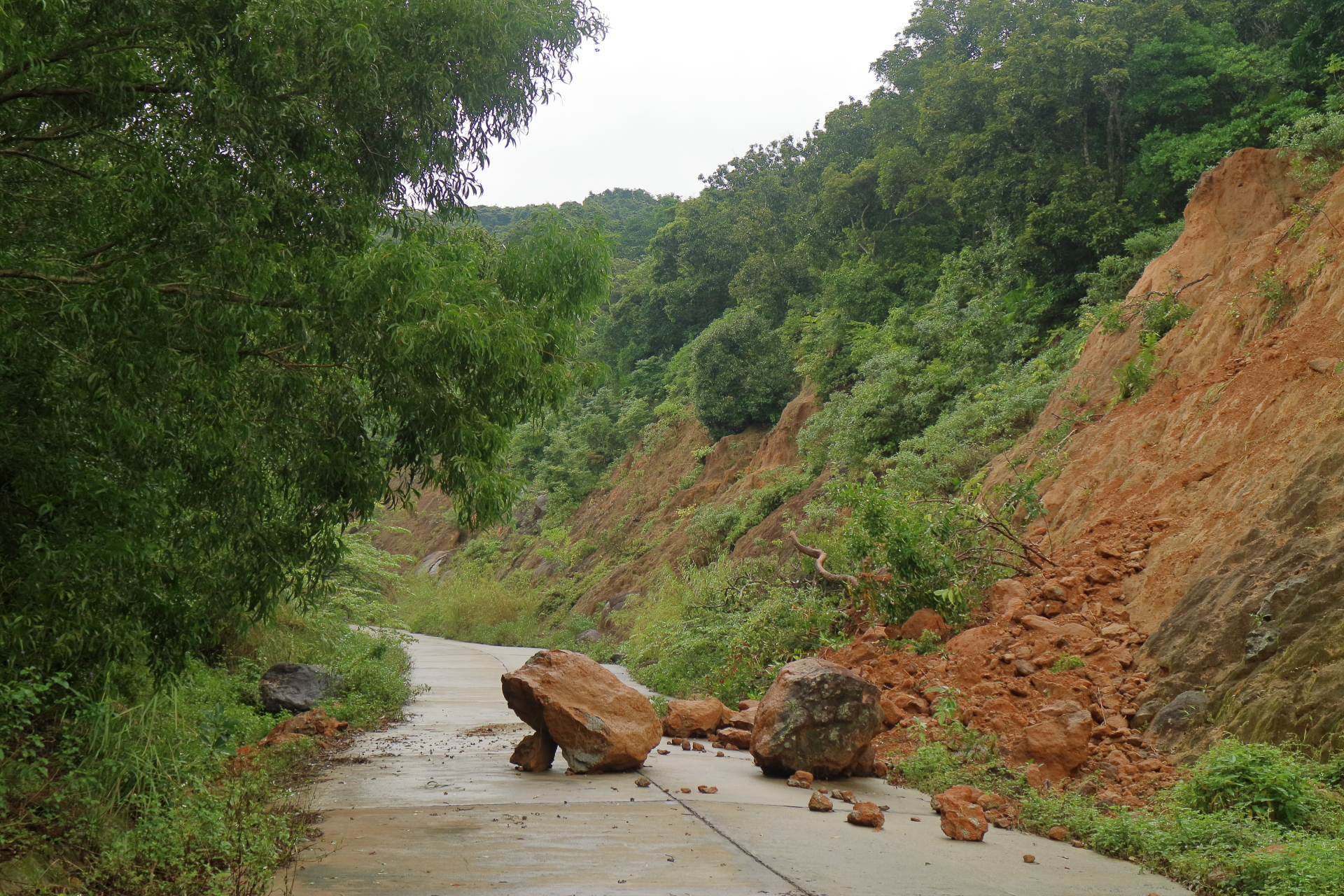
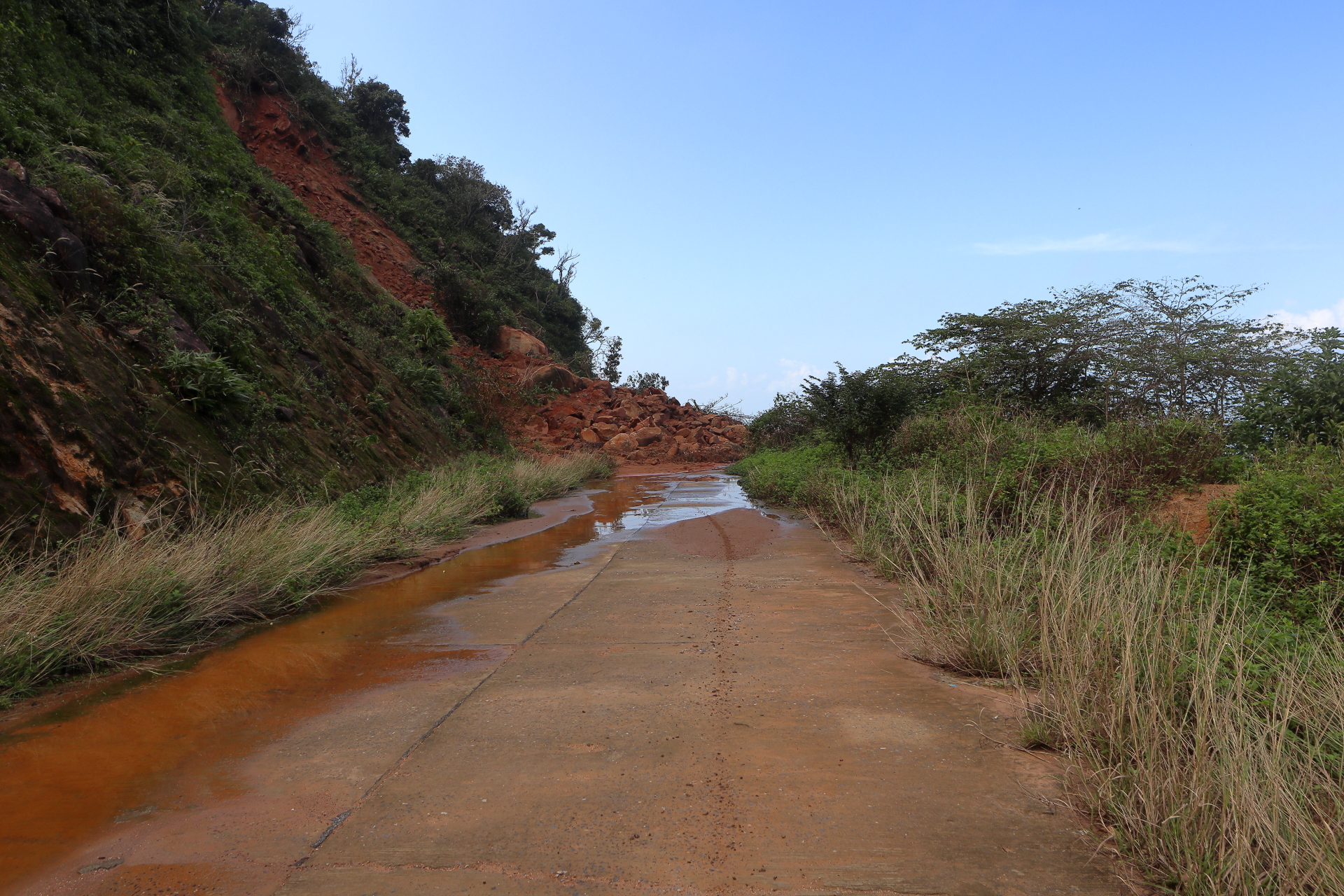
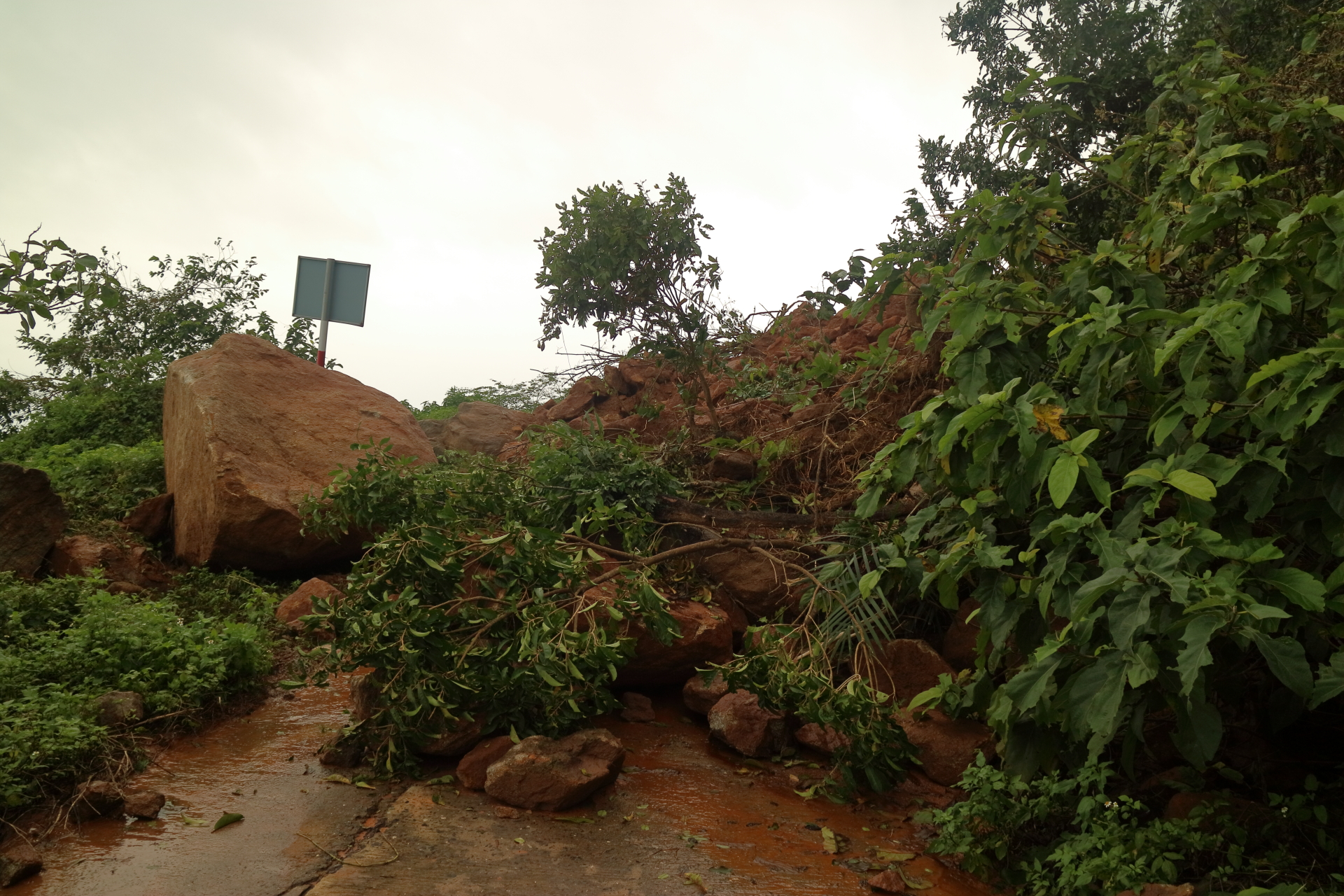
Of course we met all the nice and pretty "crazy" local photographers who spend all their free time on the mountain. Since it was not possible or only partially possible to drive up the mountain by car through the blocked road, this time we also used scooters to look for the monkeys (more on this in the next little video ...). With its many extremely steep passages and the always damp and slippery road, the mountain is certainly not a mountain for beginners on scooters. Fortunately, from previous trips to Vu and Qua, we knew two local taxi drivers who were so nice and took us up the mountain in their free time.
Fortunately, the population of the monkeys is currently stable and there are more offspring again, but unfortunately the paradise is seriously threatened. A Vietnamese amusement park operator has been planning a cable car up the mountain for a long time - a disaster! One can imagine the crowds that will turn the mountain into a garbage dump and, in relation to the monkeys, a zoo. At the moment the project is at least officially stopped by the authorities, and none of the locals I spoke to would like to have the cable car, but it remains to be feared that the ubiquitous corruption will take its course. Now I have started to make various nature conservation organizations aware of this, in the hope that there will be international pressure in the event of a permit, because this is a strongly endangered species that is on the red list and must be protected by all means is applicable.
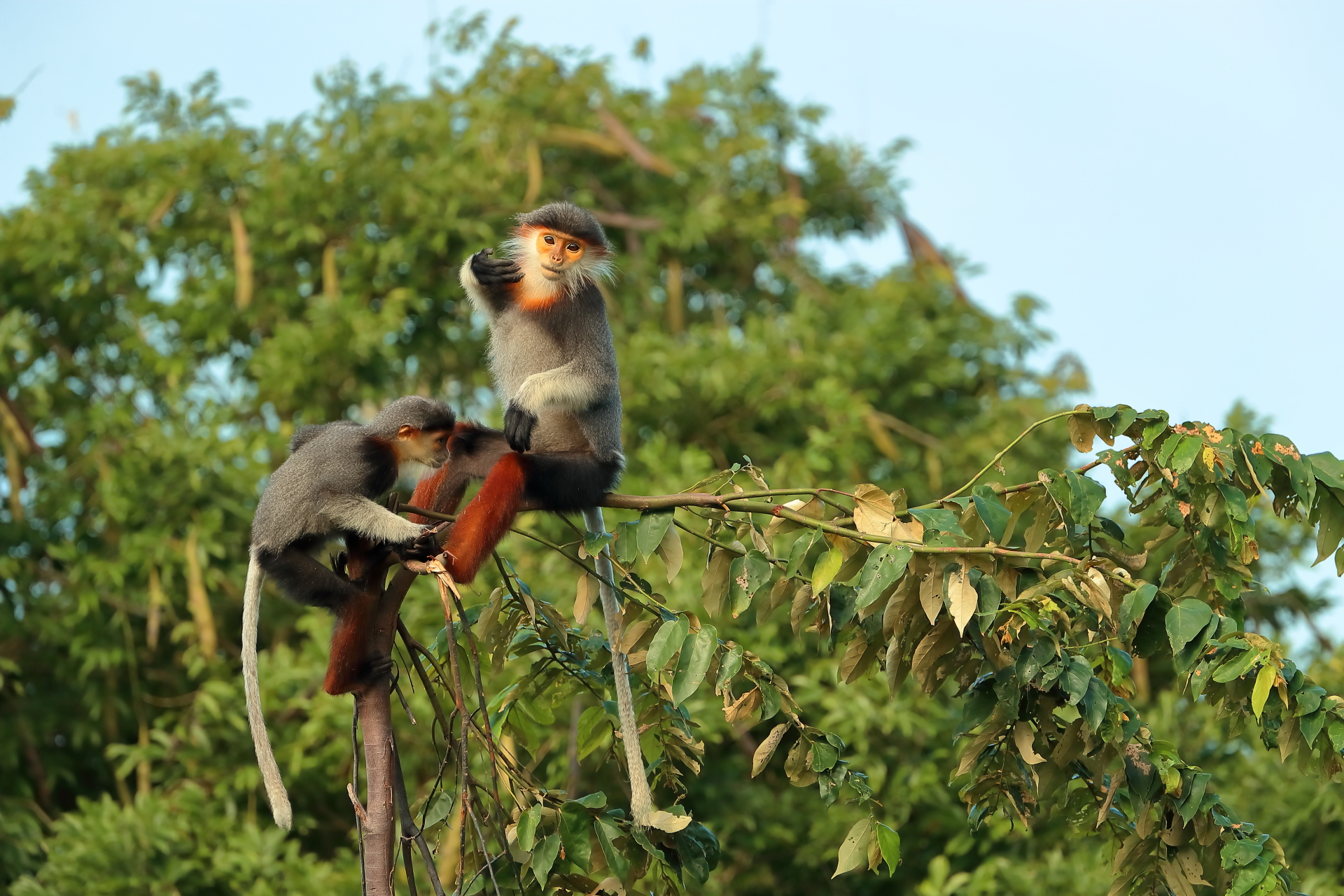
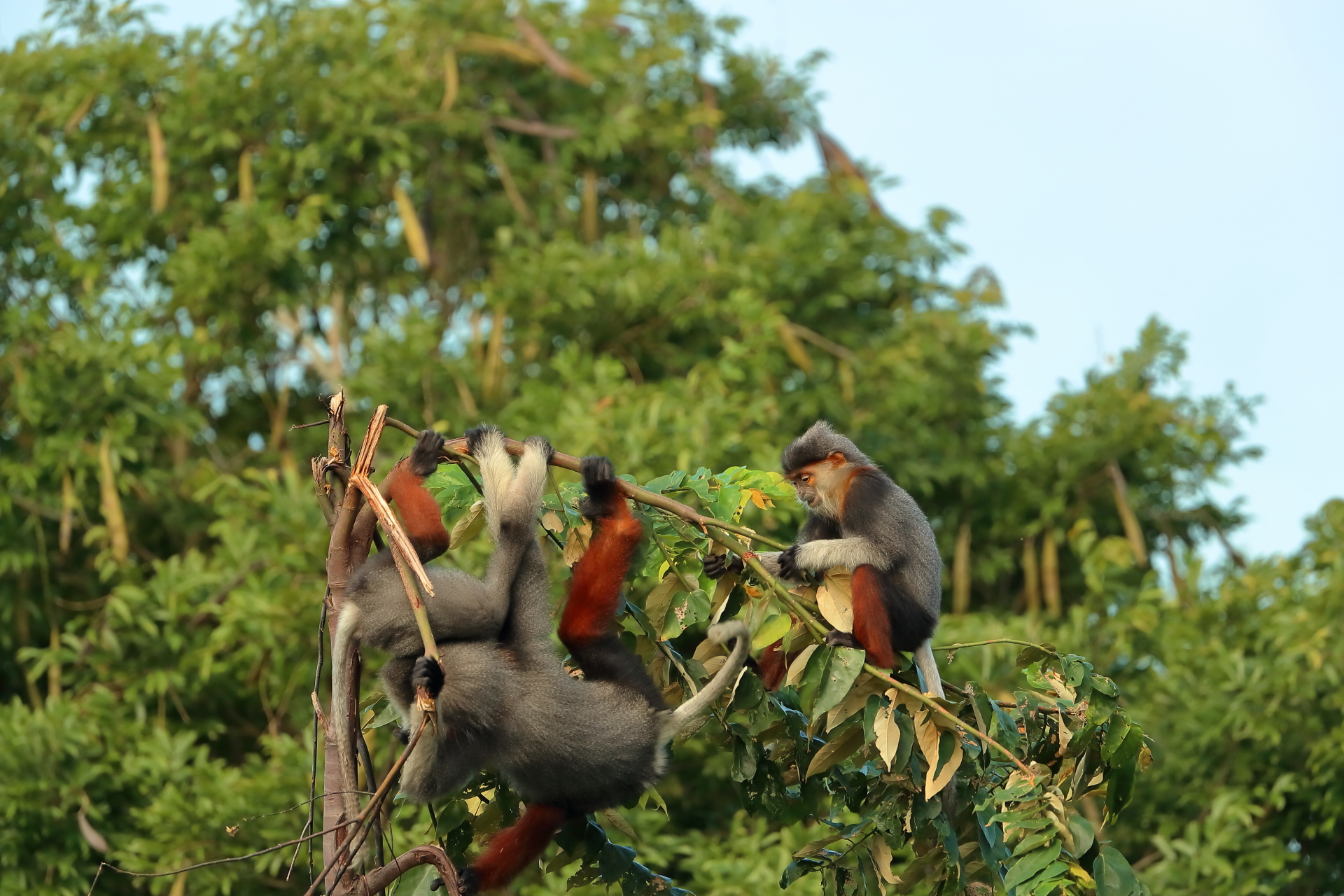
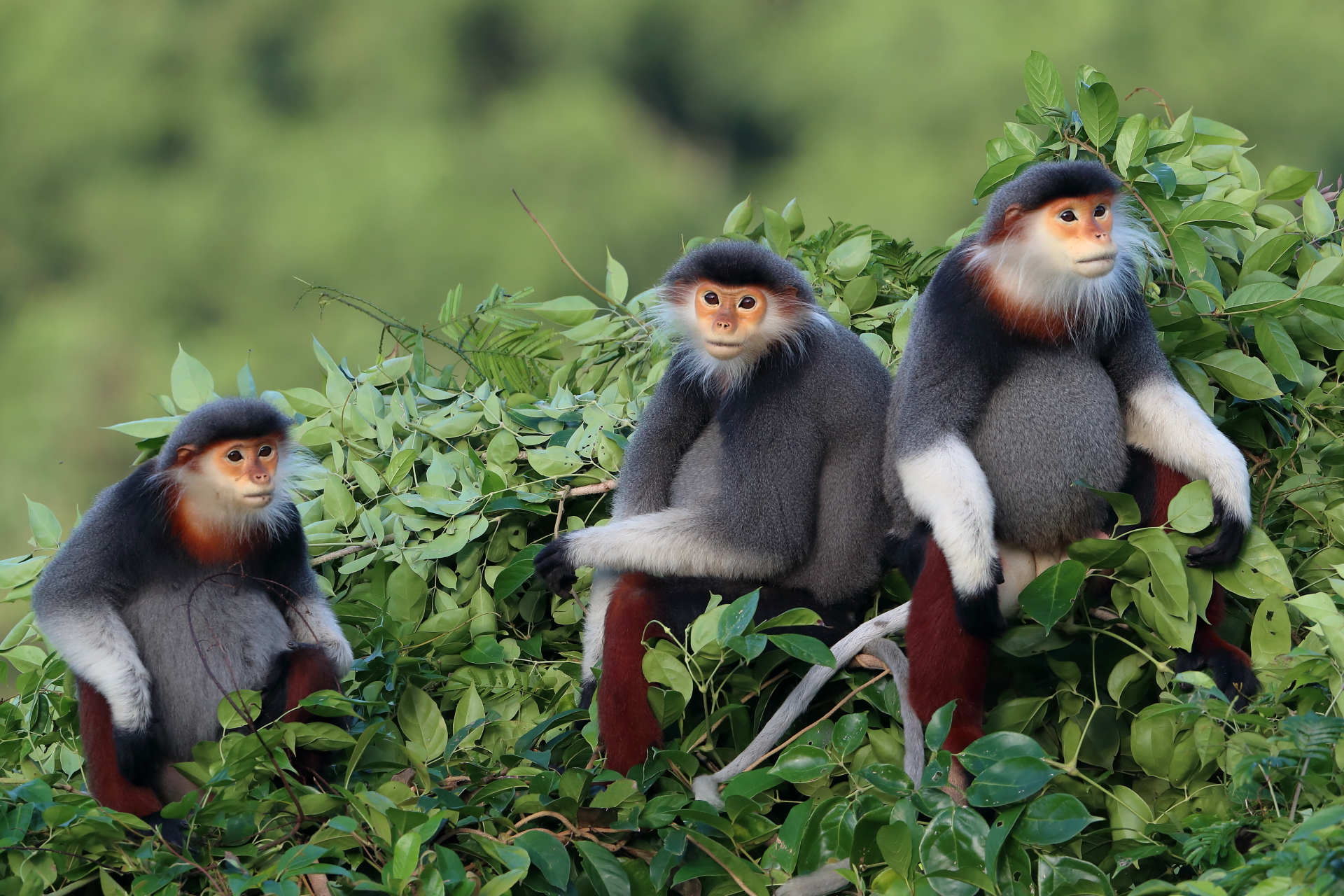
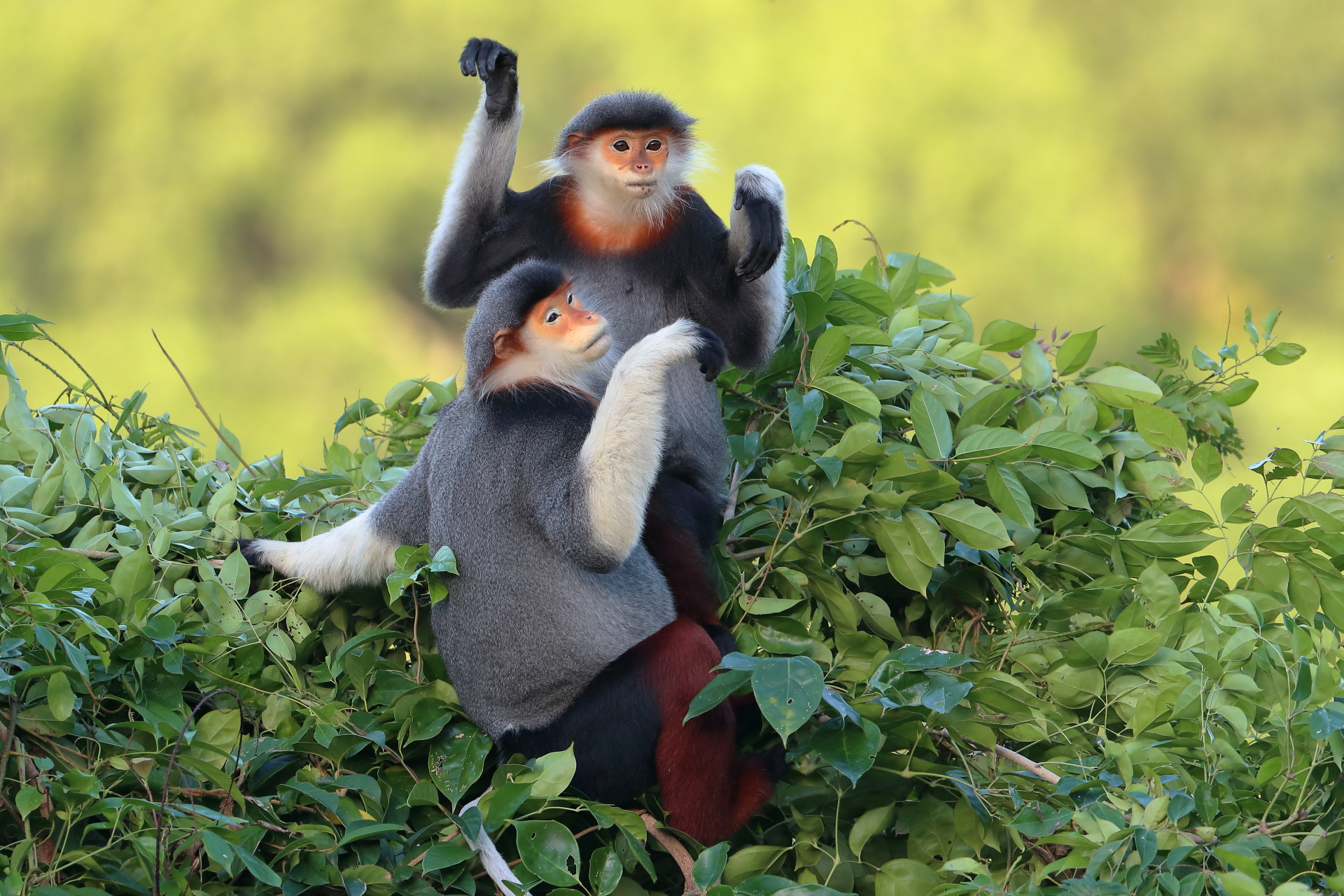
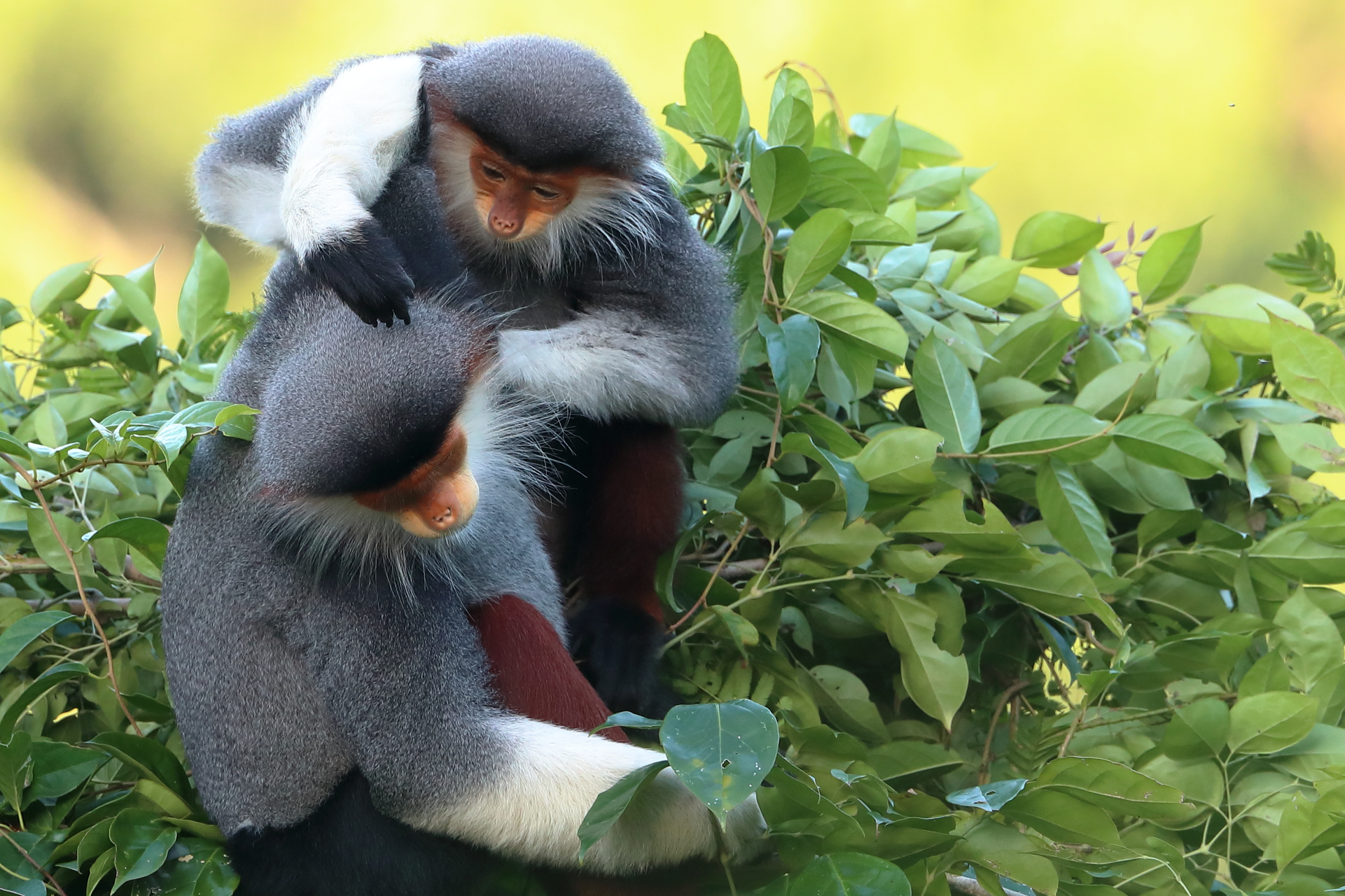
I don't know if I mentioned it somewhere, but by the way, the monkeys' favorite pastime is pretty easy to describe - eat, sleep, eat, sleep ... The monkeys can make themselves incredibly "long" to use their longer fingers, I guess almost twice as long as that of humans to get to the leaves or petioles. Yes, that's right, the monkeys only eat the stems of some plants and throw away the leaves, some leaves are probably difficult to digest or most of the nutrients are in the petioles and not in the leaves. It's always fun to watch when it rains leaves from the treetops.
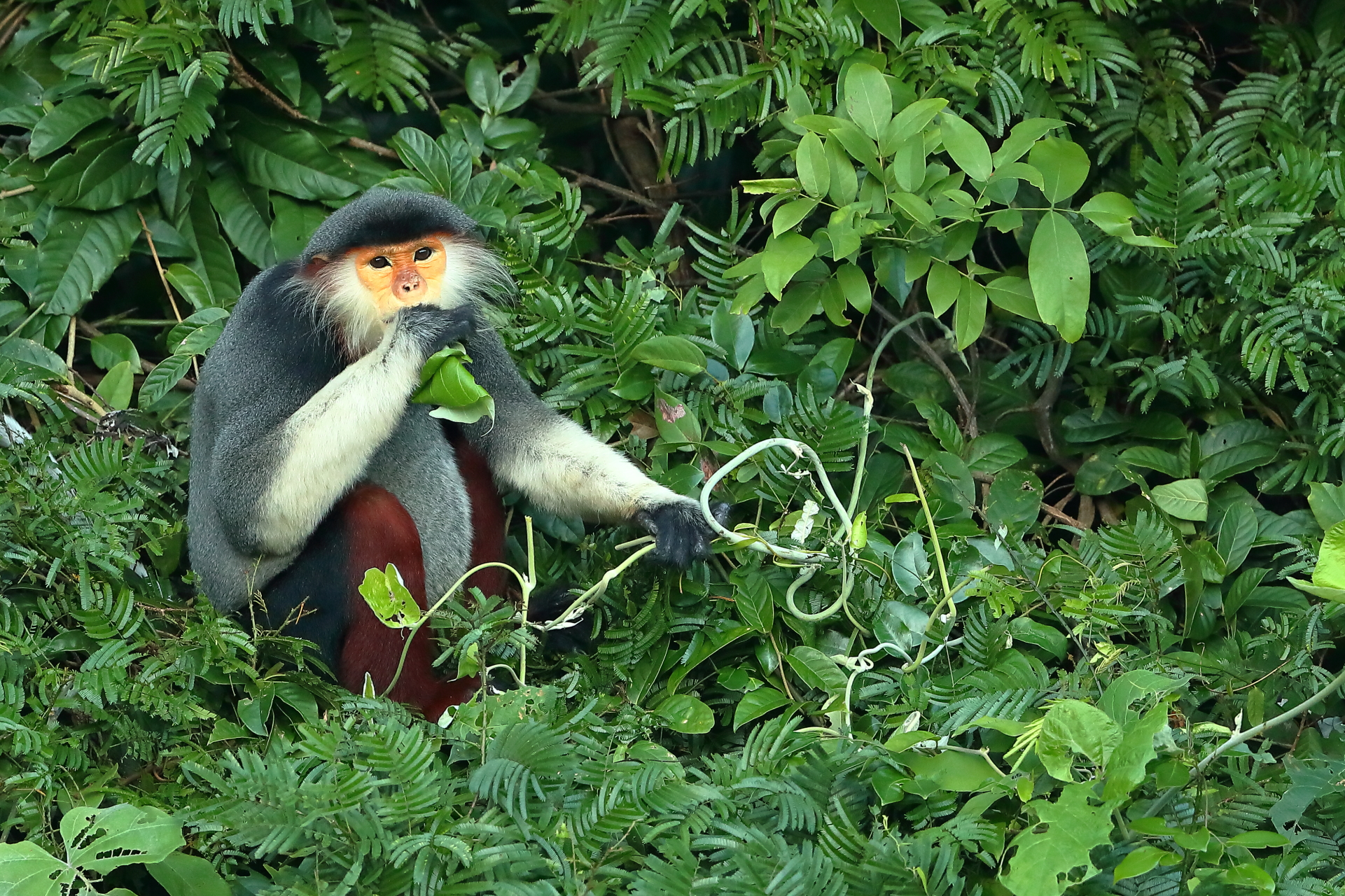
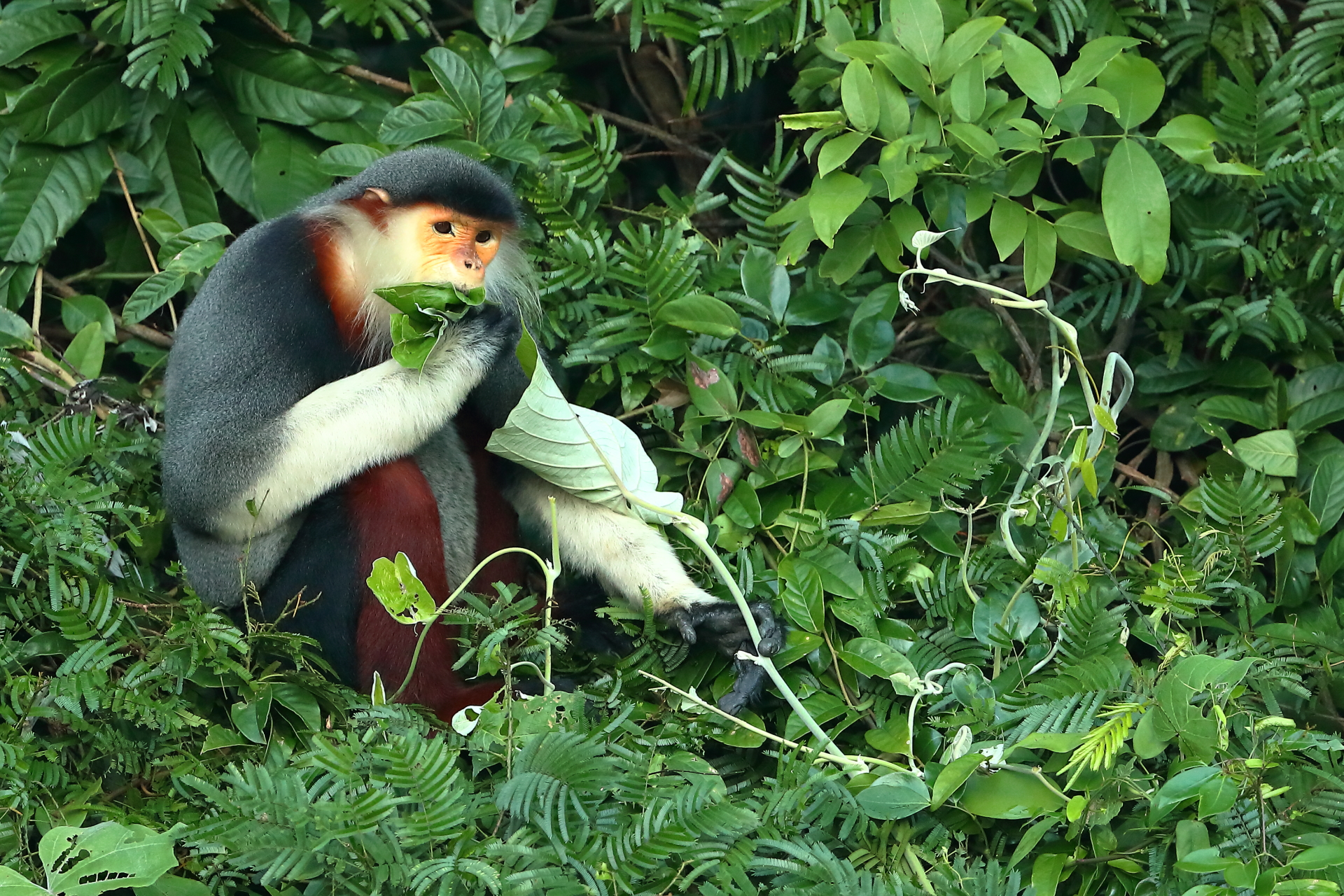
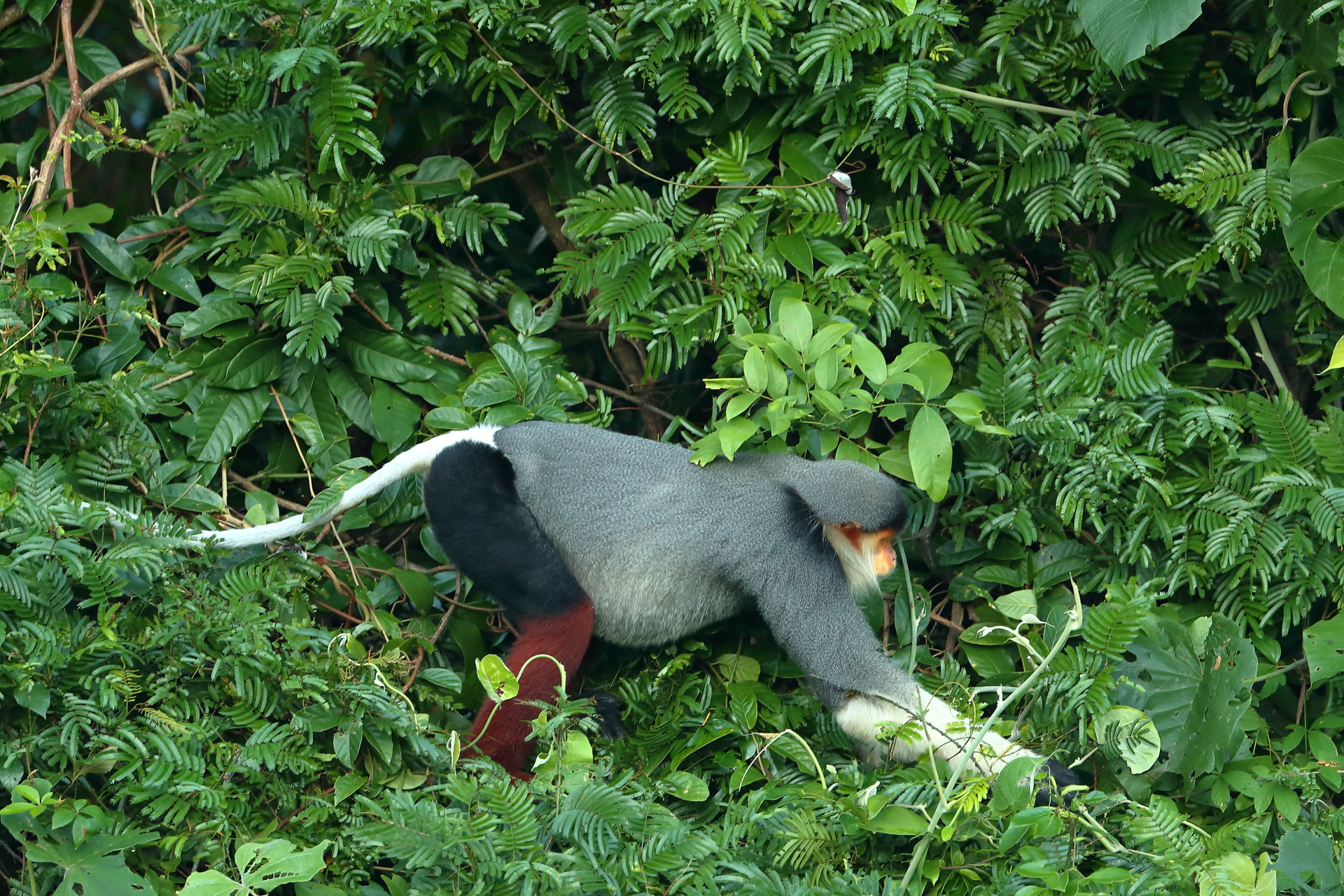

In the previous article I already mentioned it, capturing the beautiful monkeys photographically is not as easy as you might think. The light conditions on the mountain change at lightning speed. You have to constantly struggle with back light, clouds, shadowing, extreme sun, rain or wind that moves the leaves and branches in front of the animals. But the monkeys are not only a challenge for the exposure system, but also for the autofocus, you can often not adjust the settings as quickly as the events change. Incidentally, on this tour I produced 250GB of data, especially filming in 4K DCI with 50fps generates gigantic amounts of data that have to be processed, which unfortunately increases the demands on the hardware for postprocessing steadily.
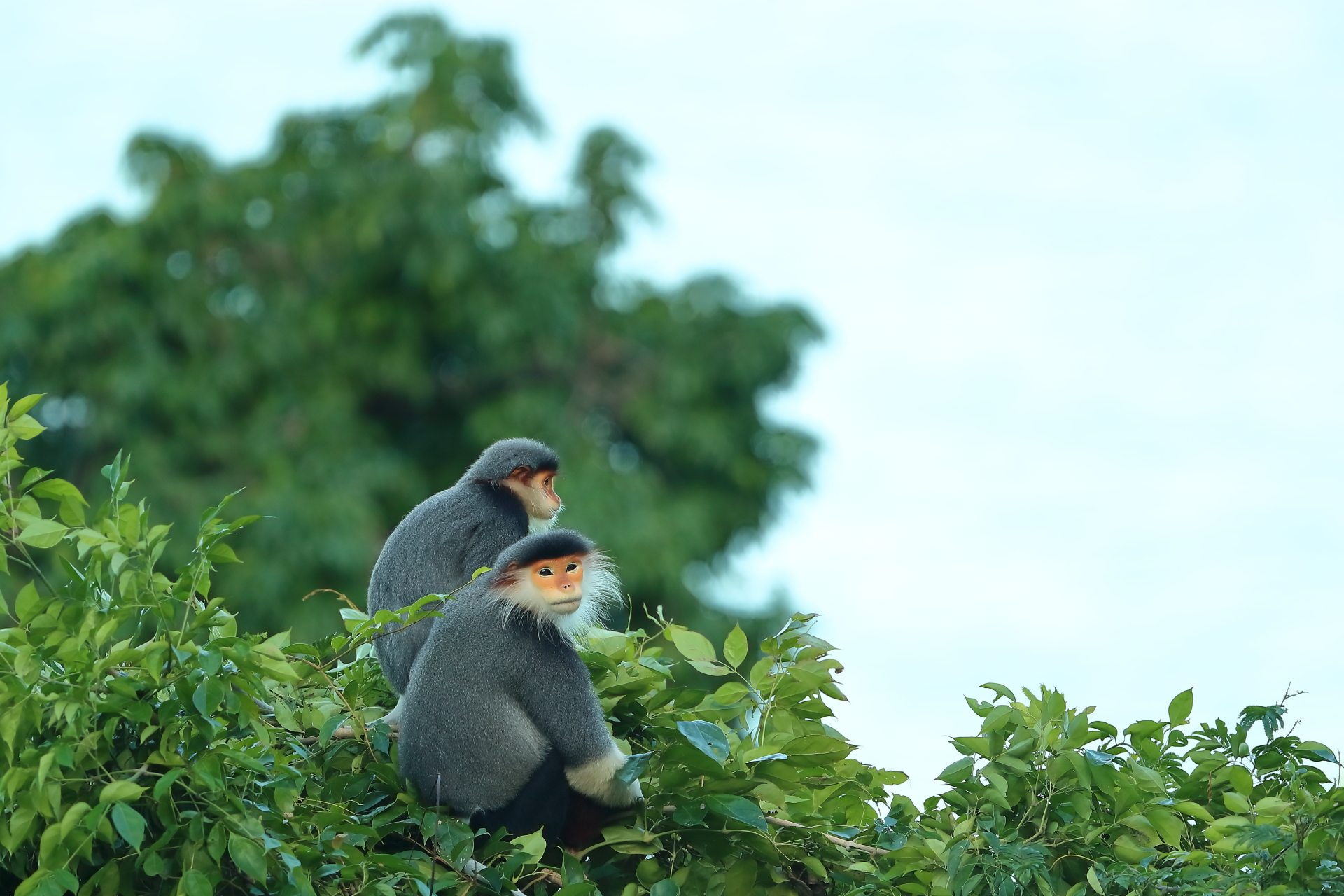
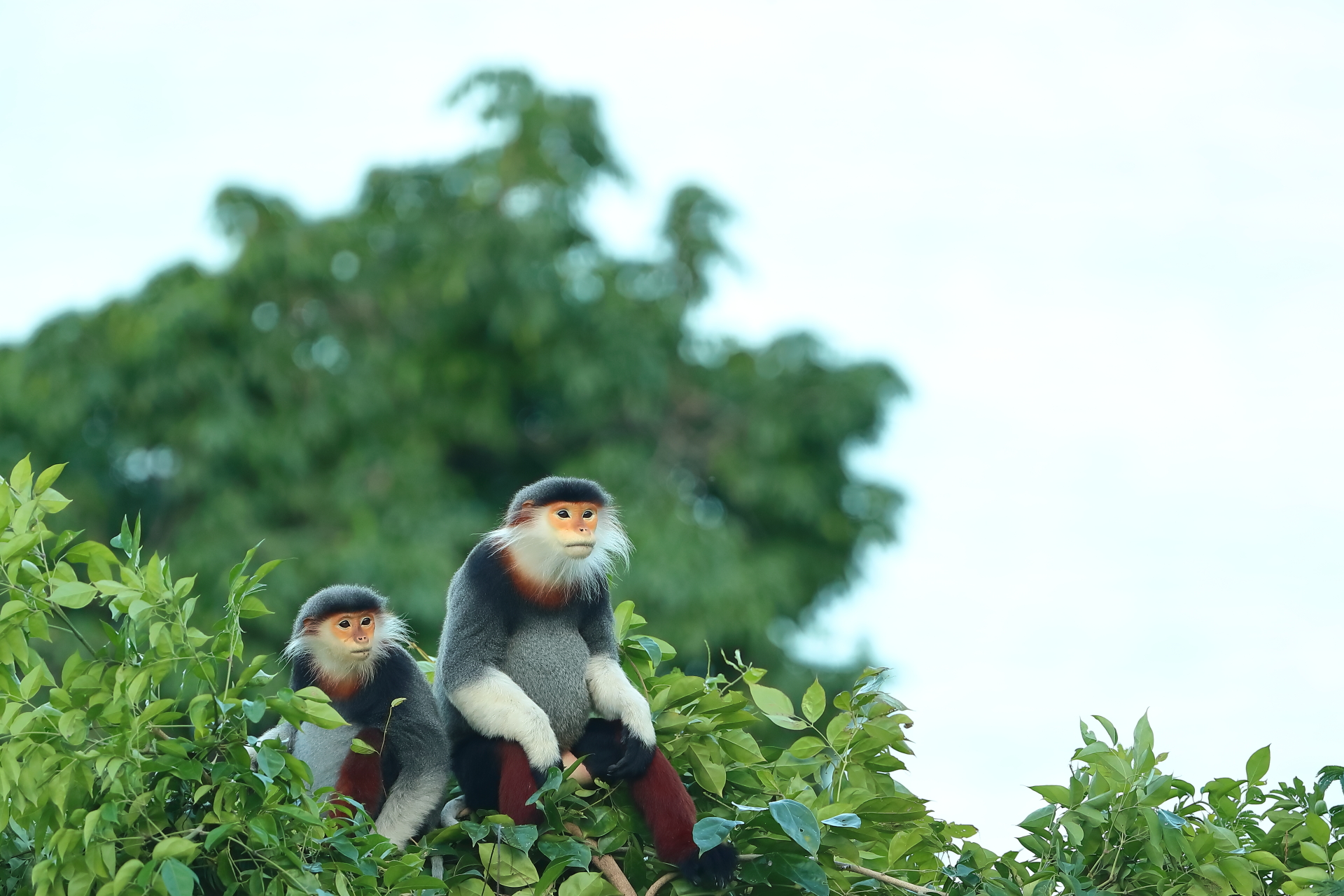

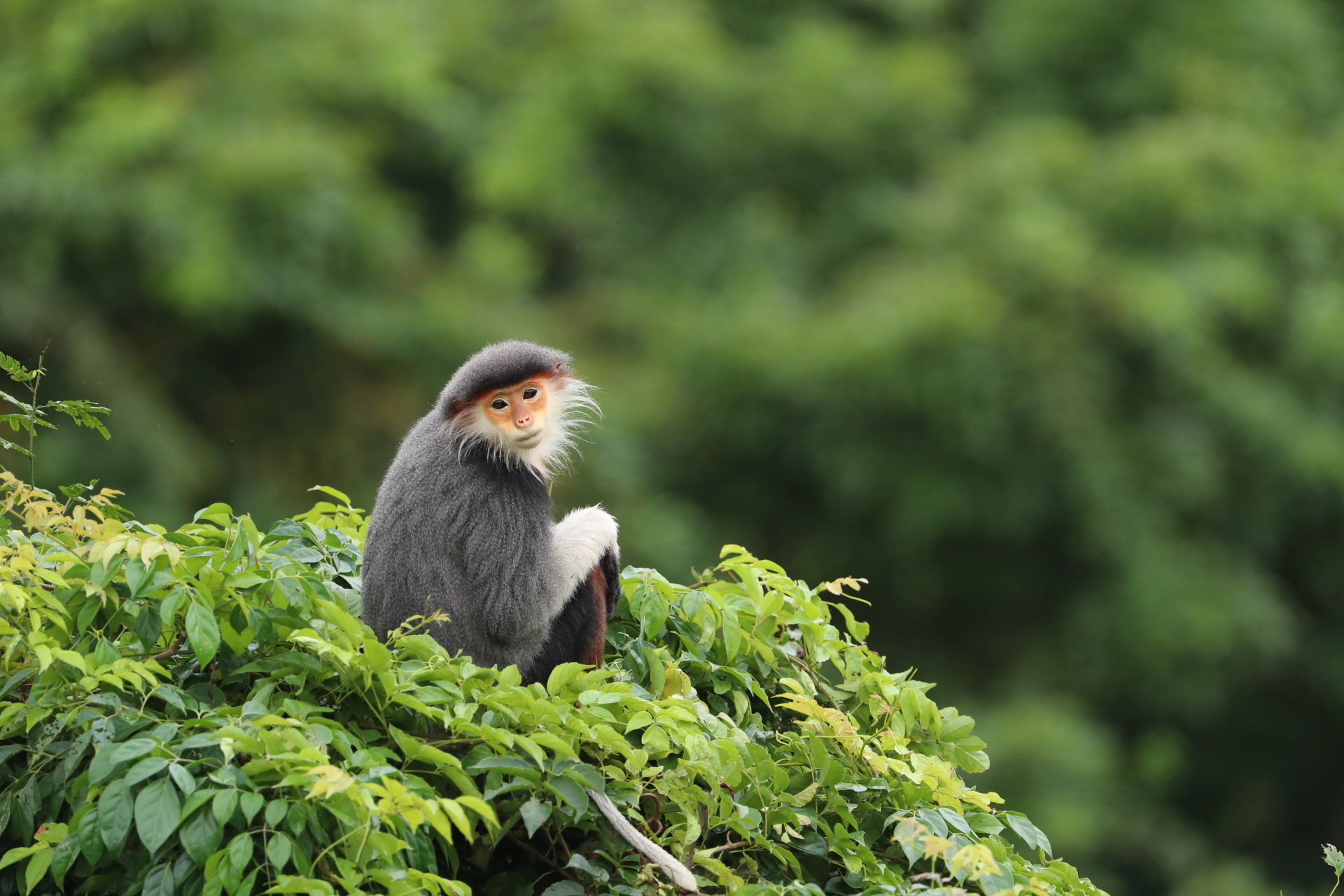
Super tolle Bilder vielen Dank! Mach bitte weiter so aber auch auf die Gefahren achten.